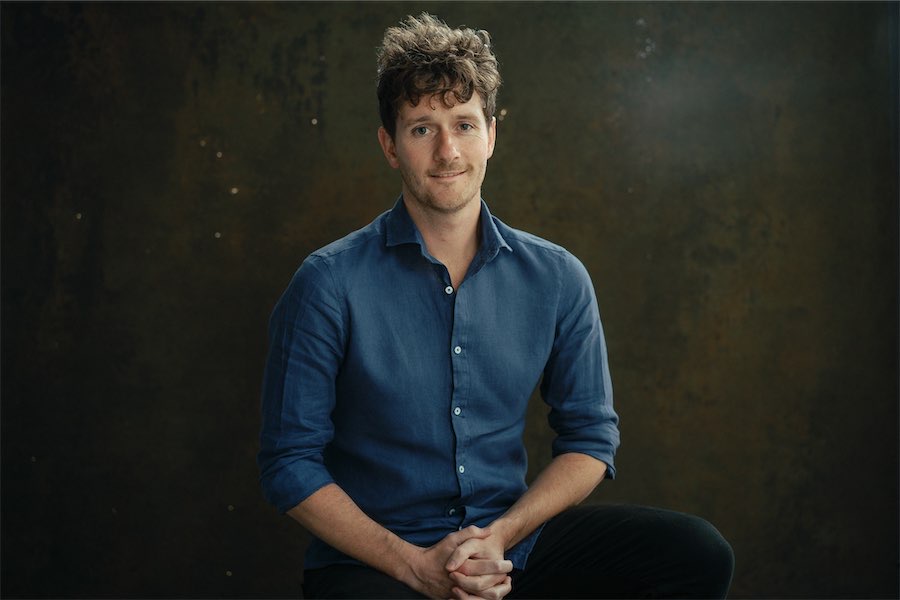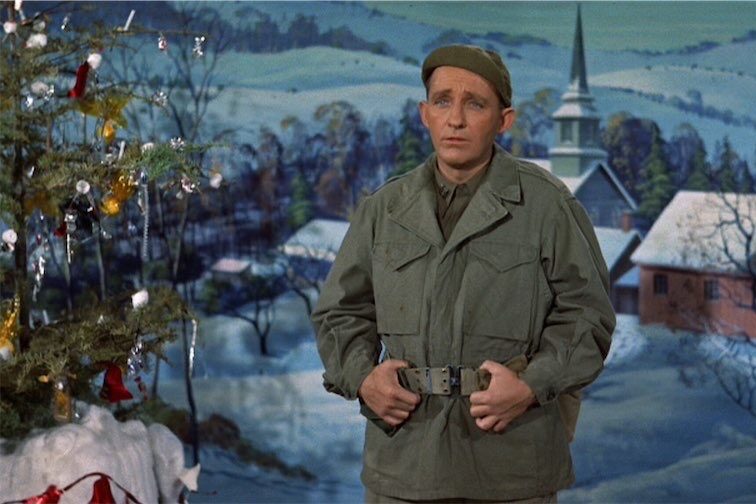
Canberra International Music Festival / Concert 12 , Bach’s Brandeburg, Part 1, Snow Concert Hall, May 4. Reviewed by GRAHAM McDONALD.
The six Brandenburg Concertos by JS Bach have long been core repertoire of the Western music canon.
They have been much recorded over the years, but not, perhaps because of their familiarity, performed all that often and certainly not all together (albeit over two concerts).
For these concerts the Bach Akademie Australia, under the direction of Madeleine Easton, have used the instruments described in Bach’s original scores from 1721 and use instruments as close as possible to those available to Bach. This means violins and violas without chin or shoulder rests, baroque-style bows, cellos without spikes and held between the calves with horns, oboes and flutes without modern keying systems.
This first concert consisted of concertos 1, 3 and 5, all with differing instrumentation. No 1 used two hunting horns, three oboes and a bassoon in addition to the harpsichord and strings and started off in a most sprightly manner. The second, slower movement was a little ragged at times, with the tonal vagaries of the keyless horns and the oboes a little challenging, but that was the only small glitch in the entire concert.
The well-known concerto No. 3 was a delight. Three violins, three violas, three cellos with harpsichord and bass rollicked through this, the lead being transferred from instrument to instrument with the violin and viola players dancing as they played through sheer exuberance and joy.
The final concerto, No.5 is more a showcase for solo harpsichord or a trio of harpsichord, flute and violin with occasional contributions from a couple of strings and continuo. The harpsichord, played confidently by Neal Peres Da Costa, rattled away grandly in the extended cadenza of the first movement, with a tight return of the other instruments at the end.
What was a bit surprising for this concert was the muted sound of this ensemble. Perhaps it was my seat, towards the back on one side, but after hearing the Kings Singers in this venue only a few weeks ago, the sound was unexpectedly dull. The wooden flute in Concerto No.5 was almost lost amongst the three violins.
This was a production of great credit to the Bach Akademie Australia and to the festival. Events such as these can often be the only opportunity to present such work in this way. It was a privilege to be able to hear all three of these in one sitting, played by a group of highly skilled and dedicated musicians. It would have been good, however, if the dozen or so players used in the first two concertos had been able to come back for a final bow at the end.
Who can be trusted?
In a world of spin and confusion, there’s never been a more important time to support independent journalism in Canberra.
If you trust our work online and want to enforce the power of independent voices, I invite you to make a small contribution.
Every dollar of support is invested back into our journalism to help keep citynews.com.au strong and free.
Thank you,
Ian Meikle, editor




Leave a Reply